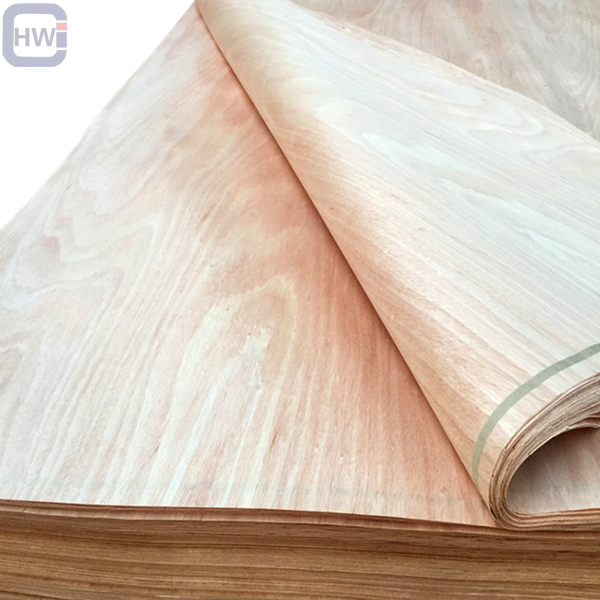Rotary Cut Veneer
-
Customizable natural okoume veneer for plywood
Customizable natural okoume veneer
- Loading Quantity: 20’GP-8pallets/22CBM, 40’HQ-14pallets/50CBM
- MOQ: 1X20’FCL
- Supply Ability: 5000CBM/Month
- Payment Terms: T/T or L/C
- Delivery Time: Within 20 days after deposit confirmation
- Certification: CE, FSC, EUTR, CARB,EPA, JAS, ISO
- Material: Okoume Veneer/Rotary Cut Veneer/custom
- Size:1270*2500mm,1270*2200mm, 1270*1900mm,970*200mm, 970*1900mm or customize
- Thickness: 0.15mm-1.5mm
- Moisture Content: <12%
-
Red Face Veneer Decorative Natural Wood
- Loading Quantity: 20’GP-8pallets/22CBM, 40’HQ-14pallets/50CBM
- MOQ: 1X20’FCL
- Supply Ability: 5000CBM/Month
- Payment Terms: T/T or L/C
- Delivery Time: Within 20 days after deposit confirmation
- Certification: CE, FSC, EUTR, CARB,EPA, JAS, ISO
- Material: Okoume Veneer/Rotary Cut Veneer/custom
- Size:1270*2500mm,1270*2200mm, 1270*1900mm,970*200mm, 970*1900mm or customize
- Thickness: 0.15mm-1.5mm
- Moisture Content: <12%
Rotary Cut Veneer
A rotary cut veneer is a type of veneer that is produced by rotating a log against a knife blade. The log is mounted on a lathe, and as it spins, a knife blade peels off a continuous sheet of veneer that is wrapped around a core. This type of veneer is usually wider and has a different appearance compared to other types of veneer. The veneer is commonly used for plywood, furniture, and paneling. The process is more efficient than other methods of producing veneer, and it can be done quickly and easily. The resulting veneer is also usually less expensive than other types of veneer. One of the main characteristics of rotary cut veneer is the appearance of the grain. Because the knife blade cuts across the log at an angle, the resulting veneer has a broad, sweeping grain pattern. This can be desirable for some applications, but may not be appropriate for others. Overall, This kind of veneer is a popular choice for many types of woodworking projects due to its affordability and availability. However, it is important to consider the appearance and characteristics of the veneer when selecting the appropriate type for a given project.Feature
- Wide sheets: Veneer is produced in wide sheets that can be up to 4 feet wide or even wider. This makes it an ideal choice for large surface applications such as plywood or paneling.
- Broad grain pattern: The grain pattern of rotary cut veneer is broad and sweeping due to the angle at which the log is cut. This can be desirable for some applications, but may not be appropriate for others.
- Cost-effective: It is generally less expensive than other types of veneer due to the efficiency of the production process.
- Availability: The veneer is widely available and can be found at most lumberyards and home improvement stores.
- Versatility: This kind of veneer can be used for a wide range of applications, including plywood, furniture, paneling, and more.
- Easy to work: It is easy to cut, shape, and sand, making it a popular choice for DIY projects.
- Natural beauty: Like other types of wood veneer, rotary cut veneer showcases the natural beauty of the wood, including the color and grain pattern.


